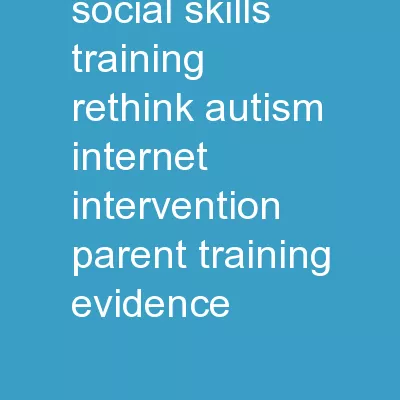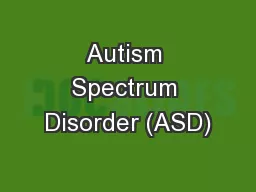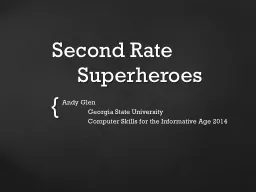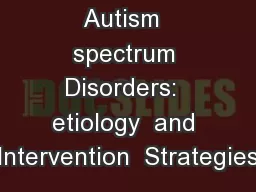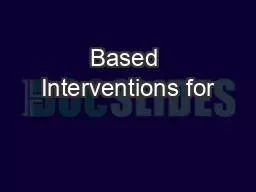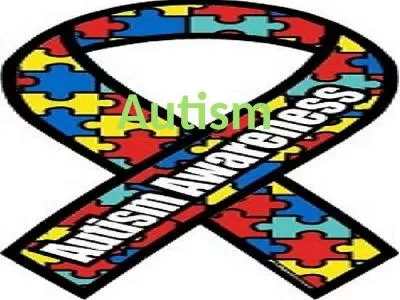PPT-Superheroes Social Skills Training, Rethink Autism Internet Intervention, Parent Training,
Author : karlyn-bohler | Published Date : 2018-12-08
US Office of Education Personnel Preparation Grant H325K12306 William Jenson PhD Elaine Clark PhD Julia Hood PhD amp John Davis PhD Overview of The Autism Curriculum
Presentation Embed Code
Download Presentation
Download Presentation The PPT/PDF document "Superheroes Social Skills Training, Reth..." is the property of its rightful owner. Permission is granted to download and print the materials on this website for personal, non-commercial use only, and to display it on your personal computer provided you do not modify the materials and that you retain all copyright notices contained in the materials. By downloading content from our website, you accept the terms of this agreement.
Superheroes Social Skills Training, Rethink Autism Internet Intervention, Parent Training,: Transcript
Download Rules Of Document
"Superheroes Social Skills Training, Rethink Autism Internet Intervention, Parent Training,"The content belongs to its owner. You may download and print it for personal use, without modification, and keep all copyright notices. By downloading, you agree to these terms.
Related Documents

